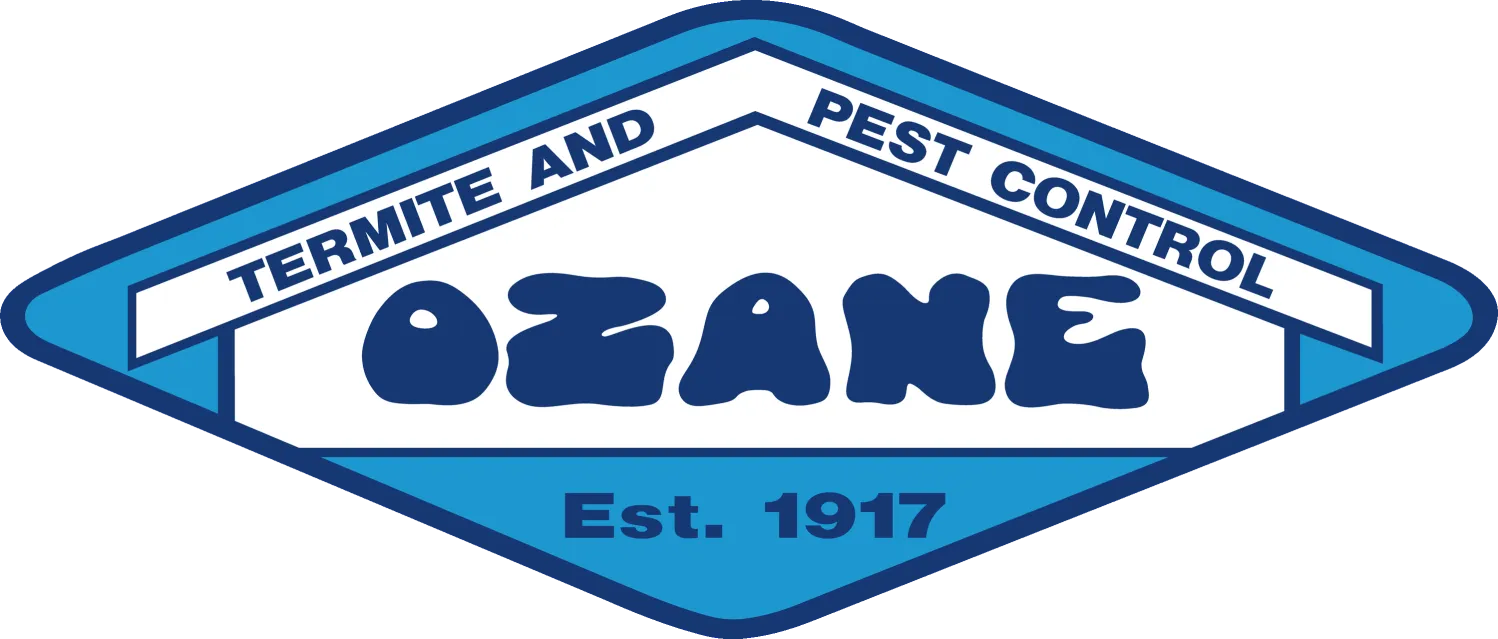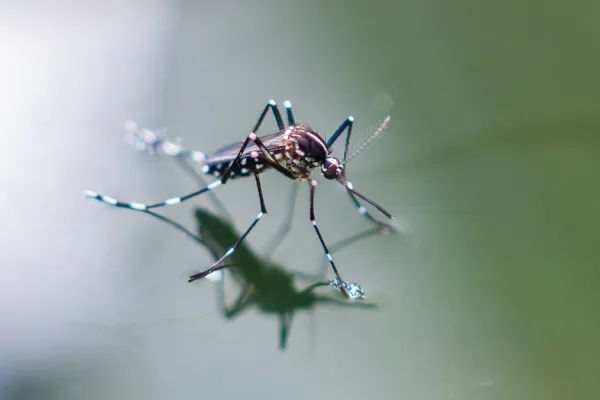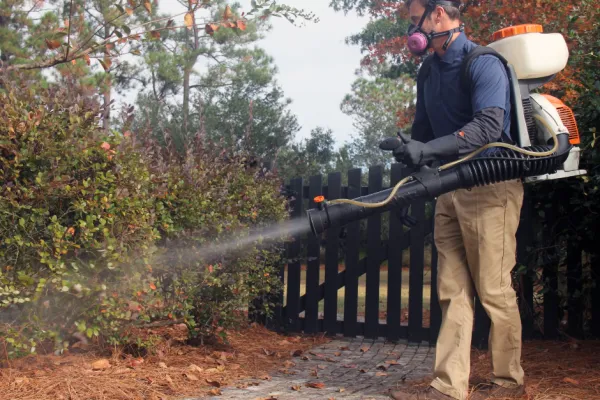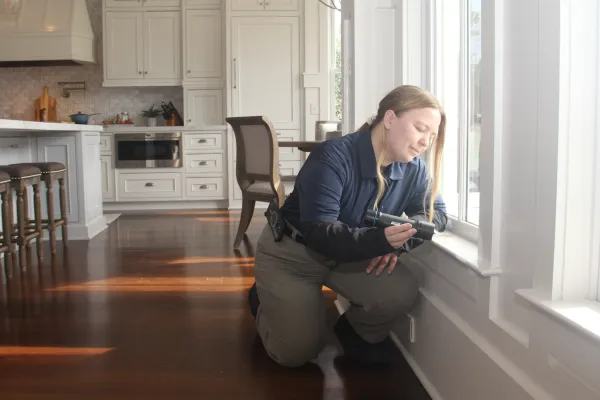Why Yellow Jackets Peak in Summer
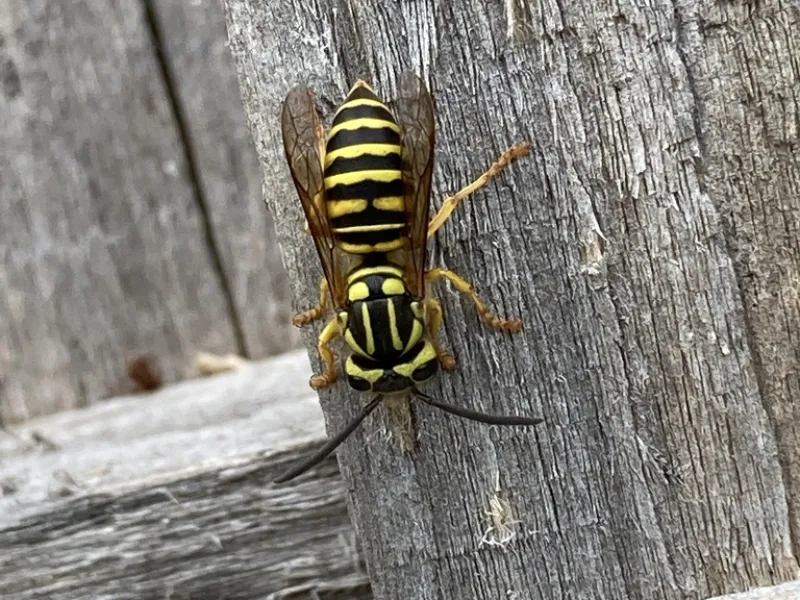
Why Yellow Jackets Peak in Summer
Yellowjacket colonies begin with a single overwintered queen in the spring. She emerges when temperatures rise in the spring and starts building a small nest where she will lay her eggs. The first round of eggs develops into sterile female worker wasps—the workforce responsible for expanding the colony, defending the nest, and feeding larvae.
By mid to late summer, yellowjacket colonies reach their peak size, often consisting of 4,000 to 5,000 individual wasps. July or August is when their behavior changes, and they become more aggressive in Ocean and Monmouth County, NJ. With more workers, more territory to defend, and food sources depleting, these wasps exhibit extreme defensive behaviors. Even minor disturbances near the nest can provoke a swarm, and unlike honeybees, yellow jackets can sting multiple times without dying.
While wasps are rapidly growing, they need protein to feed their larvae; in return, the larvae secrete a sugary substance that is eaten by the worker bees. As the summer season progresses, the wasps slow down or stop reproducing; therefore, their food source becomes scarce. This is when adult yellowjacket workers are forced out in search of food, often traveling in large numbers. Unfortunately, that brings them into human spaces — raiding trash cans, swarming around barbecues and picnics, and hovering near sugary drinks.
What Does a Yellowjacket Nest Look Like?
Yellowjacket nests are papery, grayish in color, and made from chewed wood fibers mixed with saliva. Large nests can resemble football- or basketball-sized lumps with a swirled texture. The nest might look smooth and enclosed, with a single entry hole. However, not all nests are visible. Many yellow jackets nest underground—in abandoned rodent burrows, mulch beds, or under roots—where they're nearly invisible until disturbed. They can also be tucked away in wall voids, attics, sheds, or beneath deck stairs.
What You Should Do if Wasps Swarm You
Stay calm and move away slowly — Sudden movements or flailing can provoke them to sting.
Cover your face — Use your hands or clothing to protect your eyes, nose, and mouth, as these are vulnerable areas.
Do not swat at them — Swatting makes them more aggressive.
Walk (do not run) to shelter — Go indoors, into a vehicle, or behind a closed door if possible. Yellowjackets will usually stop pursuing once you're no longer near their nest.
What You Should Do if You Are Stung By Wasps:
Clean the area with soap and water.
Apply a cold compress to reduce pain and swelling.
Take an antihistamine if you have significant itching or swelling (check with a pharmacist or doctor if unsure).
If you have a severe allergic reaction — trouble breathing, dizziness, swelling of the face/throat — call 911 immediately.
If yellowjackets are nesting near your home, contact Ozane Termite and Pest Control— do not attempt to remove or spray the nest yourself.
